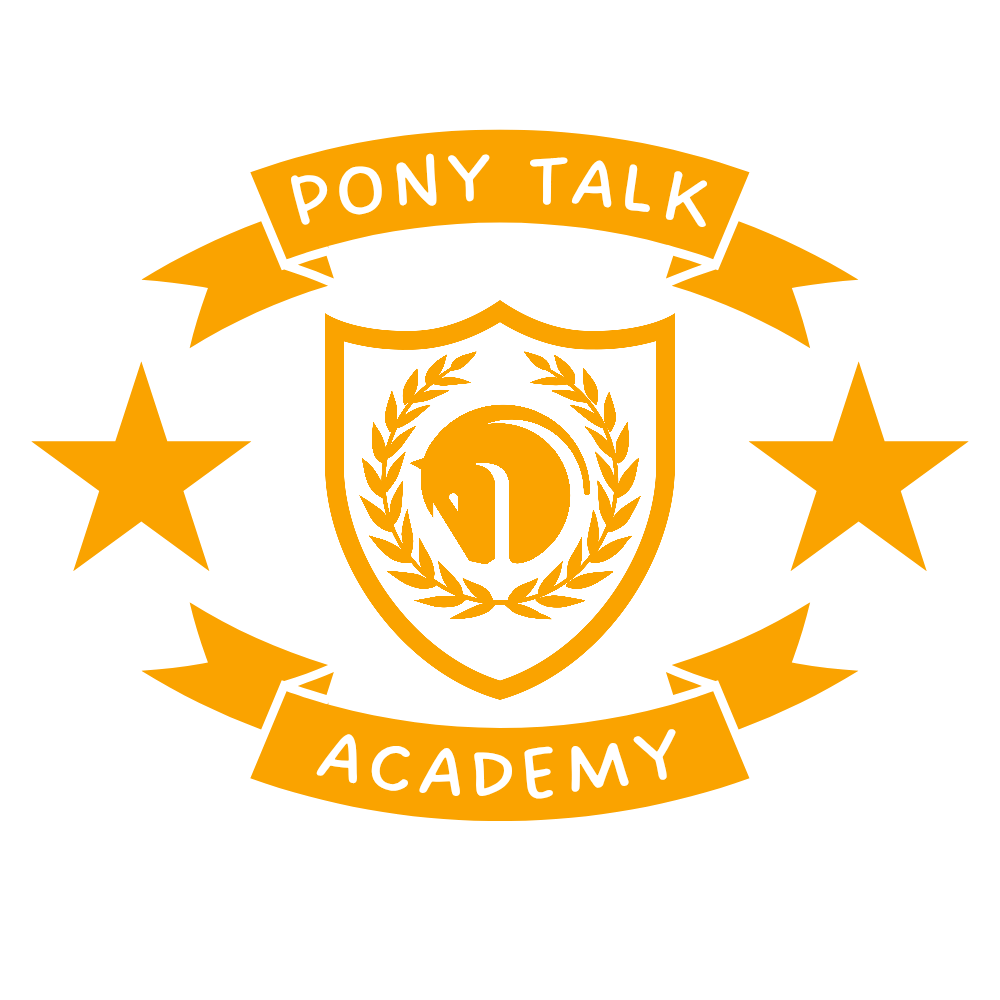How Do Horses Learn? (Hint - It's Just Like We Do!)
Did you know that animals learn just like humans? Whether it's a dog learning to sit, a dolphin mastering a new trick, or a bird figuring out how to get food from a tricky puzzle, animals are pretty smart! Let’s dive into the cool ways animals learn and how they use their brains to figure things out.
What is Learning?
Learning means gaining new knowledge or skills. It's like when you learn how to ride a bike, read a book, or solve a tricky math problem. Animals learn in many ways too—sometimes it’s by watching others, sometimes by trial and error, and sometimes by practicing over and over again.
1. Watching and Imitating (Like a Copycat!)
Some animals learn by watching others. This is called social learning. Just like you might watch your friend tie their shoes and then try it yourself, animals often watch what other animals do and copy them. This is super important for animals that live in groups, like chimpanzees, elephants, and birds.
For example, young birds might watch their parents to learn how to find food. Or, a baby elephant might observe its Mum to figure out how to use its trunk to grab food. By copying others, animals can quickly learn important skills they need to survive.
2. Trial and Error (Oops! Let’s Try Again!)
Sometimes, animals learn by trial and error. This means they try something, it doesn’t work, and then they try again until they figure it out. Think about how you learned to ride a skateboard—you probably fell a few times before you finally balanced just right!
Many animals use trial and error to solve problems. For example, a hungry rat might press a button in a maze to get food. If it doesn’t work the first time, it will try pressing other buttons until it finds the one that gives it the treat. It’s a fun, sometimes frustrating, but very effective way to learn!
3. Conditioned Learning (Getting a Reward!)
Have you ever been given a treat for doing something good? Animals can learn in a similar way through conditioning. There are two types of conditioning: classical conditioning and operant conditioning.
Classical Conditioning is when an animal learns to connect two things. For example, a dog might hear a bell and then get food right after. Over time, the dog will start to get excited when it hears the bell, even before the food comes! It’s like when you hear the ice cream truck and immediately feel happy, because you know a yummy treat is on the way.
Operant Conditioning is when animals learn that their actions have consequences. For example, if a dog sits when asked, it gets a treat. The dog learns that sitting brings a reward, so it will sit when asked again.
A short video for kids explaining what a horse need to be ready to learn.
4. Problem-Solving (The Brain Workout!)
Some animals are super smart and can solve tricky problems, like figuring out how to open a box to get food inside. These animals use their problem-solving skills to think through a situation and come up with a solution.
For example, crows are amazing at solving puzzles! They can figure out how to use tools, like sticks, to get food. Some octopuses have even been known to escape from tanks by unscrewing lids or squeezing through tiny spaces. These animals are so clever, and they use their brains to figure out the best way to get what they want!
5. Play (Learning Through Fun!)
Did you know that some animals learn by playing? Play is important for animals, especially when they are young. It helps them practice skills they will need later in life, like hunting, running, or fighting off enemies.
Kittens and puppies love to play with each other. While they’re having fun, they’re actually learning important lessons about how to use their paws, teeth, and body. For example, young wolves might play fight to practice how to hunt or defend themselves when they grow up. Play helps animals practice, stay healthy, and get ready for real-life situations.
Why Is Learning Important for Animals?
Learning helps animals survive and thrive! By learning how to find food, avoid danger, and take care of themselves, animals can live long, happy lives. Plus, learning helps them adapt to new challenges in their environment. For example, if a bear has to move to a new place to find food, it can learn how to use its new surroundings to survive.
How Do We Know Animals Are Learning?
Scientists study animal behavior to understand how animals learn. They use experiments, observations, and even brain scans to figure out how animals think and solve problems. Some scientists even train animals to do tricks or tasks to see how they learn. It's amazing what animals can do when they put their minds to it!
So, What Can We Learn from Animals?
Animals might not be able to read books or use computers like humans, but they’re still very smart! They show us that learning isn’t just about sitting in a classroom—it can happen anywhere, anytime, whether you’re playing, observing, or even making mistakes. Just like animals, we can keep learning and growing, trying new things, and finding out what works best for us.
So, the next time you see an animal doing something cool, remember that they’ve learned how to do it in their own special way!


